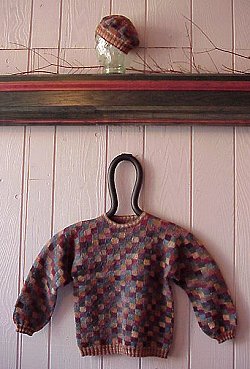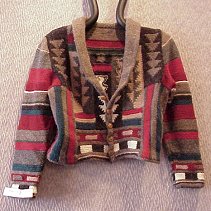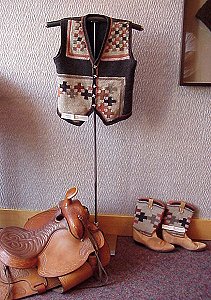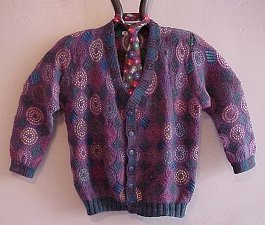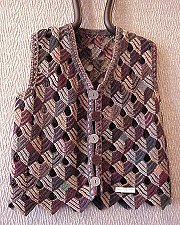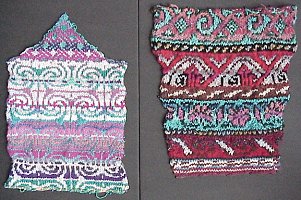|
:Dale
Long
Dale has been knitting since 1962 when his
left-handed sister asked him to help her figure out how to knit.
She couldn't manipulate the stitches as pictured in the little Coats and
Clark booklet she had. Holding the yarn in her right hand did not
work as well as the technique Dale devised to help her. Imagine their
surprise when he later found out what they had created was really continental
style knitting (tensioning the yarn in the left hand).
If diversity prepares one for life, Dale
is prepared. He has experienced being: Western Union messenger
boy, movie theater doorman and marquee changer, shoeshine boy, sailor,
police radio dispatcher, undersheriff, actor, stage manager, legal secretary,
paralegal and is now office manager of a small law office in New Orleans,
Louisiana, a long way from growing up it Walla Walla, Washington.
Another of those knitters whose life was
changed by discovering Elizabeth
Zimmerman's book, Knitting Without Tears.
"I could do things on my own, design my own patterns, and be the boss of
my own knitting." Rereading EZ's and Mary Thomas's books every few
years brings reviews his inspiration.
Some of Dale's finest work can be seen
in Gathering of Lace (XRX-Inc publisher) gathered by Meg Swansen, and the
upcoming Sweaters From Camp (Schoolhouse Press) www.schoolhousepress.com
which has evolved from Meg Swansen's campers' contest (detailed elsewhere).
Dale's contribution to this display is
a sweater and matching hat that he calls "cubic entrelac". It is
worked in the round with three balls of variegated yarn. Once each
yarn is introduced, it is worked continuously adding blocks of color without
breaking off any of the three yarns. |
|
|
